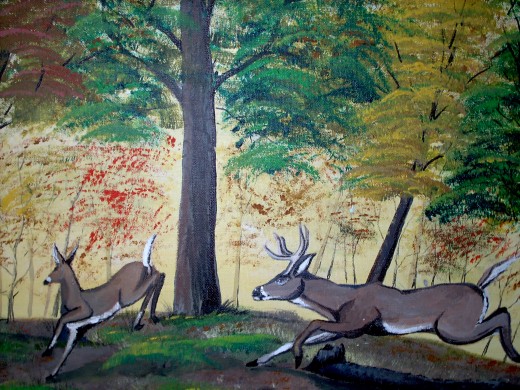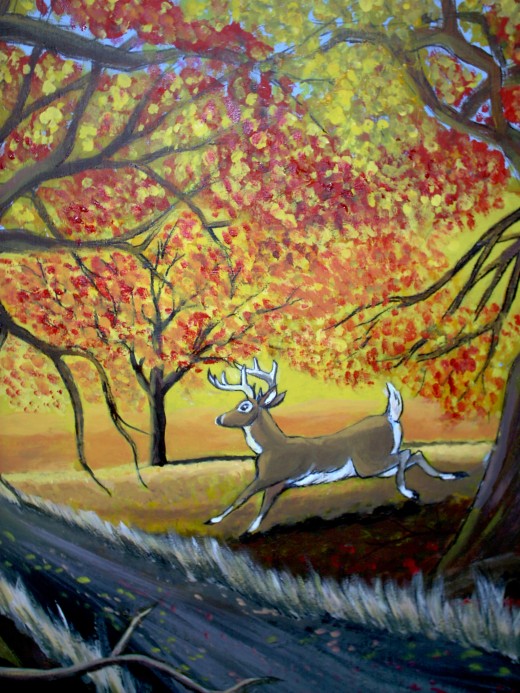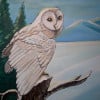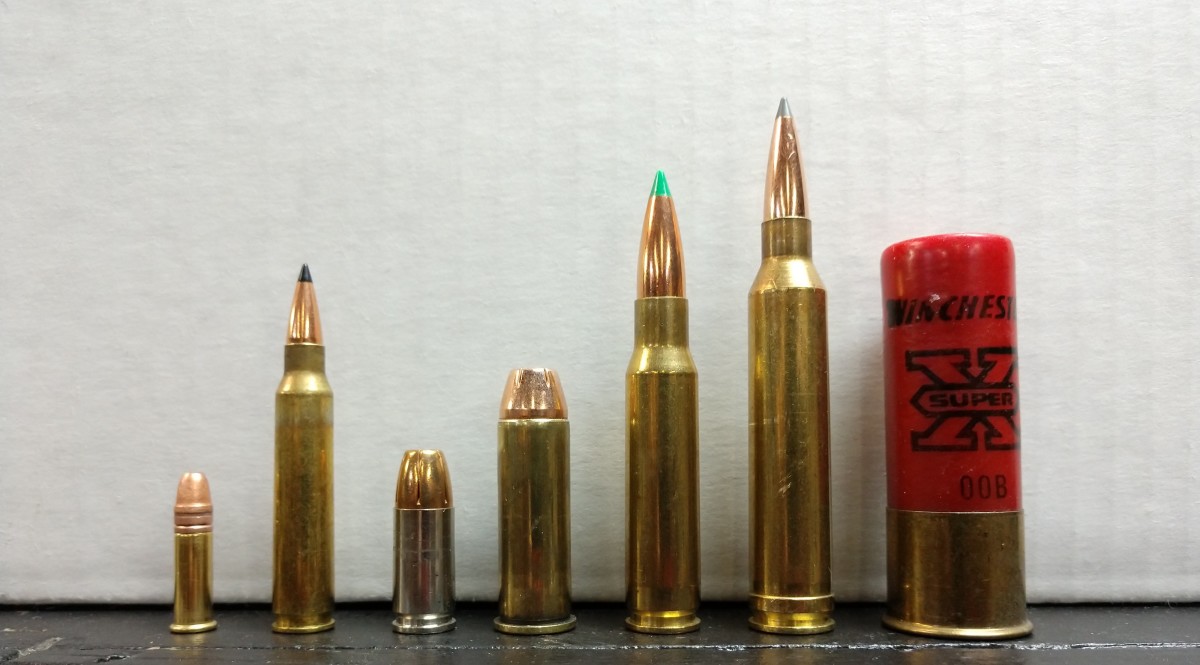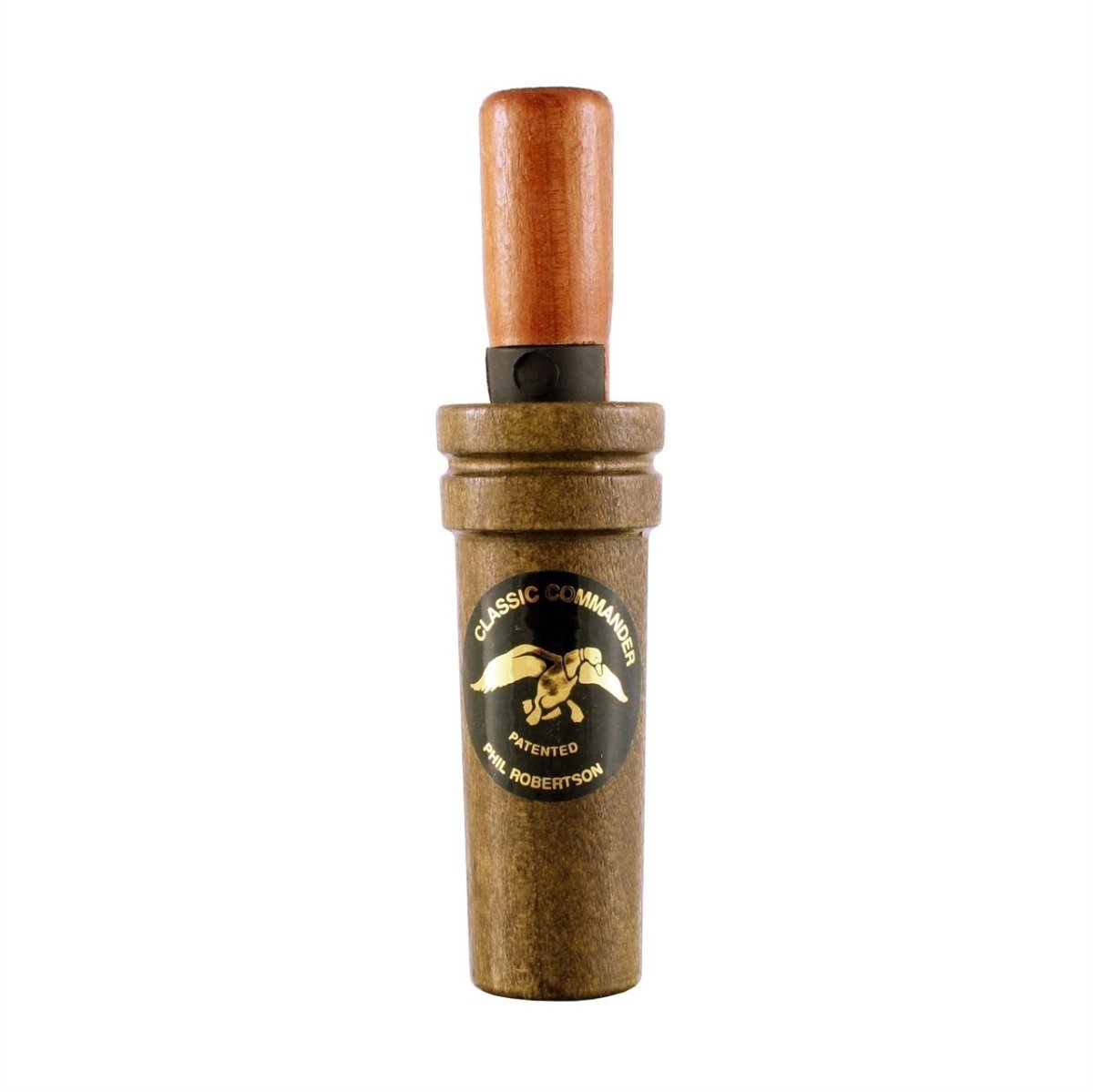Whitetail Hunting Time
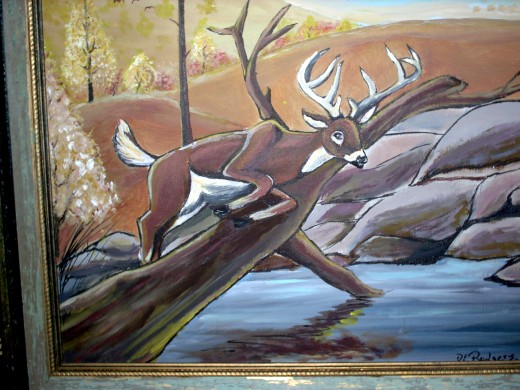
Hunting the Prize
The Fall of the year and cooler air, along with changing leaves in reds and yellows, brings on the strong urges that all hunters get which lure us all into the wilds. Whitetail hunting, is one of the greatest lures, and is more complicated than the average observer might realize. All good hunters know that the first hunt of the season actually begins weeks ahead and even sometimes a full year(If planting of suitable crops is done that will provide a source of food for deer in an area). A prospective place for whitetail movement is always looked for, even during the middle of many hunting trips. Food sources, such as acorns, berries, and fruits are good spots in which deer may travel. Scrapes and rubs on trees are signs to look for in stand placement.When a hunter finds an area that is a good place to ambush a deer, he should make sure his shooting lanes are clear and there is sufficient cover around the spot chosen to hunt.Along corridors and where two types of forested land may meet, such as a clearing area next to a heavy wooded area, often are good choices for stands, as well as along ridge lines and areas leading to a water source. The smart hunter also gasses up his vehicle the day before the hunt and the ATV if he is taking one, as well. Not all places have open gas stations early in the morning and the smell of gas on a hunters hands may nix his chances of getting a deer.
The hunter may have to carry a small saw with him on a scouting trip before a season starts and cut out a few obstructive limbs. If bow hunting is his choice in a hunt, the wise sportsman chooses a good tree in which to place his tree stand, be it a ladder or climbing variety. The gun hunter will choose a similar place and both will want to have a clearing where they may have a good shot placement on the game they are after. Hiking into an area and use of a good scent spray either one to cover scent or mask, or one that eliminates odors,such as fox or cat, and sprays that eradicate human smell, is a good idea, even in scouting before the season begins. After picking a spot for the stand, which can even be a ground blind near a tree using brush or tree limbs, at least a week or two before the season starts, the hunter is now ready for his opening day hunt.The choice of a good bow using at least 45 to 50 or more poundage is done, well before a season begins. Practicing with archery targets is a good idea ahead of time. Carrying at least four or five extra arrows is recommended, with good hunting heads. Some regions allow crossbows and are often equipped with small scopes that make them an excellent choice in taking wild game. A good locator or GPS tracking device may be a good idea for hunts that are out in wilderness areas. Carrying a back pack with essential gear is a must. A well prepared hunter should carry a topographical map if going a good ways out in his hunt. A good pair of binoculars are a plus to have along on a trip. A water bottle and snacks are good to take on a trip, especially if there are plans in an extended days hunt. A good skinning knife is a necessity and de-scenting spray or a bottle of fox or cat, masking liquid is a good idea to bring along on a hunt.
A gun hunter should choose a good caliber in his rifle choice and practice ahead of time to make sure his scope is properly zeroed in at 50 to 200 yards. Good calibers are 30-30, 243,308.30-06, and 270. Many popular hunting rifle calibers are around in greater or lesser capacities in their power and range, but these are the most commonly chosen .A good choice in the type of hunting rounds to be fired is well worth the effort in shooting several kinds. There are some recommended varieties of bullets for white tails, and these should be used for hunting the particular quarry that the hunter chooses. Predator hunting. generally a smaller power, and big game hunting, such as bear and moose, require a larger, more powerful bullet or round, and hunters should adjust accordingly. Some hunters choose shotguns and using slugs that are more than ample in ability in getting the job done and in bringing down a buck.Twenty gauge to twelve gauge shot guns are used in these cases. Black powder guns are becoming more popular and this is a whole new ball game.(Perhaps for a new hub).
An all terrain vehicle(ATV) is a good idea in many areas that have longer distances to be traveled on a hunt, and can be a valuable asset in carrying out game that may be harvested. A de-scenter used on boots is a good idea and helps prevent wild game from smelling a hunter's scent. If they smell a scent, the game may well avoid the area altogether. Of course, a vest that is florescent orange in color is usually a must and a legal requirement in most hunting around the country.
A hunter's choice in his clothing on a trip depends on the weather and how cold it may be. Camouflage clothing is usually the best choice and a good sturdy coat is recommended for late fall and early winter days. Long underwear is often worn in helping to insulate the body and does help keep a hunter much warmer on his trips into the outdoors.A good hat or cap is a must and helps to keep heads warm as well as in screening sunlight. Insulated boots can be helpful in colder weather.Sun glasses are worn by many hunters when it is necessary to filter out sunlight experienced on their stands at times. A good deer call or even a call mimicking other wild animals are often used by experienced hunters to call in their game, A doe bleet, buck- in- rut, or fawn call, are often used. These come in a variety of packaging and types and should be experimented with by the hunters in finding their best choices.Good gloves are recommended in colder weather and should allow the shooter ability in firing his weapon of choice. A mask or insect screen is good to have if mosquitoes are a factor in a hunting trip. Now that we are equipped, it is time to go on the hunt.
The time of the rutting season has always been a great time in which to harvest a good buck.Late November and early December have usually been peak times. Deer move a lot in this time of the peak of the rut or when male deer look for females in which to mate. The bucks often throw caution into the wind and are more reckless at this time of the season than at others.The time a hunter arrives on a stand can make a difference in their success. Placement of fake scrapes by the hunter and deer attracting sprays can be a valuable aid that bring deer into an area.The best time in morning hunts is at least twenty to thirty minutes before good daylight and I have always been more successful at these early times. Evening hunts can also be very successful, and the time that is about thirty minutes before sundown, is often a good bet. A chance for wild life and the environment to settle down, after a hunter enters an area, is a good idea in most places. A sturdy and small flash light is something to bring along on a trip, along with ample ammunition. Once on his stand, the hunter should be finely attuned to his surroundings and listening for unusual sounds is a must. A few bleets or grunts made by his hand-held calls can be a big help in an early hunt. Most hunting times by state laws say that thirty minutes before sun rise or after sundown is the designated times to legally take game. State laws should be strictly adhered to by all hunters. These can usually be found in department stores in sporting goods sections, around the country, or by contacting department of fish and wildlife in your area. Hunter safety courses should be passed and certificated by younger hunters. Licenses should be up to date and tags for game included where available. All safety and rules participating in activities of the outdoors should be given top priority, while hunters are out in the woods.
When a deer is spotted by a hunter, a definite determination is to be made in whether it is a legal buck or a doe. A definite determination is to be made of a good shooting lane and that nothing is behind a target( such as another hunter)and should be carefully made. If it is doe season, a hunter may choose to take the animal for the good venison meat that makes great steaks and stews. Shot placement is vital and the best place in which to hit the animal is in the heart or lung area, generally recommended to be just behind a front leg or in the neck area of a buck.(in a spine shot) Shots may be taken in the back if moving away from the shooter, if the neck or spine is targeted. If a frontal target is only offered, the heart region is the area in which to shoot the game. The front shoulder is the best area in which to aim and gets the best results in making a quick and clean kill. Tracking the animal is most often required, and all efforts should be made in recovery of the wounded animal.
Once a deer is killed, then the real work is involved. The deer has to be gutted and cleaned in order to preserve the venison. All internal organs except heart and liver should be removed and buried if possible.A careful removal of the urine sack is needed to avoid meat contamination. Some hunters enjoy heart and livers of the deer that they harvest. Placing the animal on the ATV, or attaching a rope in which to drag the deer out to the hunter's truck or car, is next in order of the harvest. The hunter may wish to carry his deer to a processor where it will be cut up into steaks and possibly sausage meats may now be in order, or to carry it home where the hunter does the cutting up of his game himself, may then be done. A good fillet knife and sharp butcher knife are recommended, if this is the course of action chosen. It is always a good idea to get the harvested animal to a cooler place in a shade or into a cooling shed when possible, is recommended in helping to preserve the meat.Some hunters prop the rib cages open so that the blood drains properly and meat is cooled. They may use a stick cut from a limb in order to do this. Deer are sometimes hung from a tree limb or in sheds in order for them to drain all of the excess blood and keep the carcass cooler for their later preparation. Covering the animal with a tarp may help in cooling it on a trip to the processor or back home, if inside a trunk, or if in the back of a truck, it usually is left uncovered. A box of wipes or cleansing cloths are handy to help in removing possible blood on a hunter's hands.
Often times the special privileges of sitting around a deer camp, and sharing tall tales can make a trip into the deer woods a much more meaningful experience for hunters of all ages.These are often some of the fondest memories that a hunter can have, and help in luring us all back in every season to come.
There are many great ways in which to prepare venison , but I will leave that to another article in my hub pages for you guys and gals to see. I hope you have a great hunting trip on your next time out.
